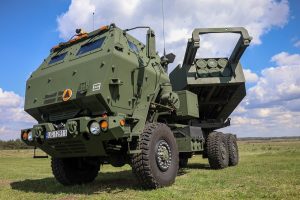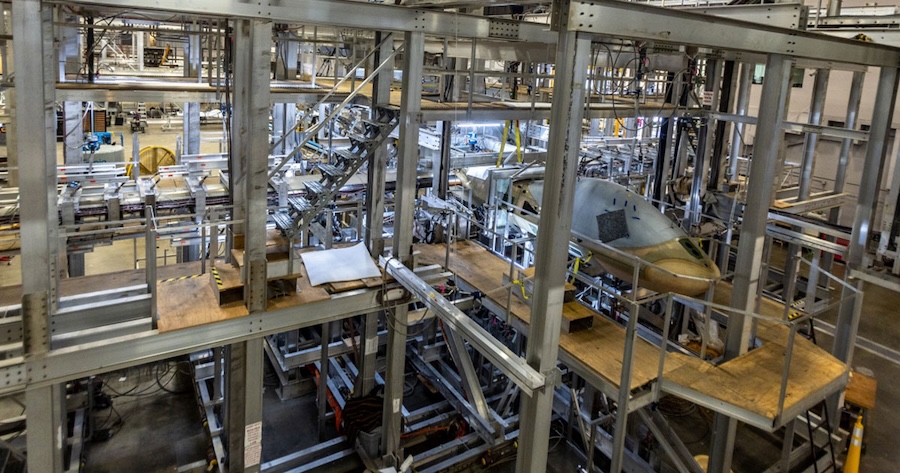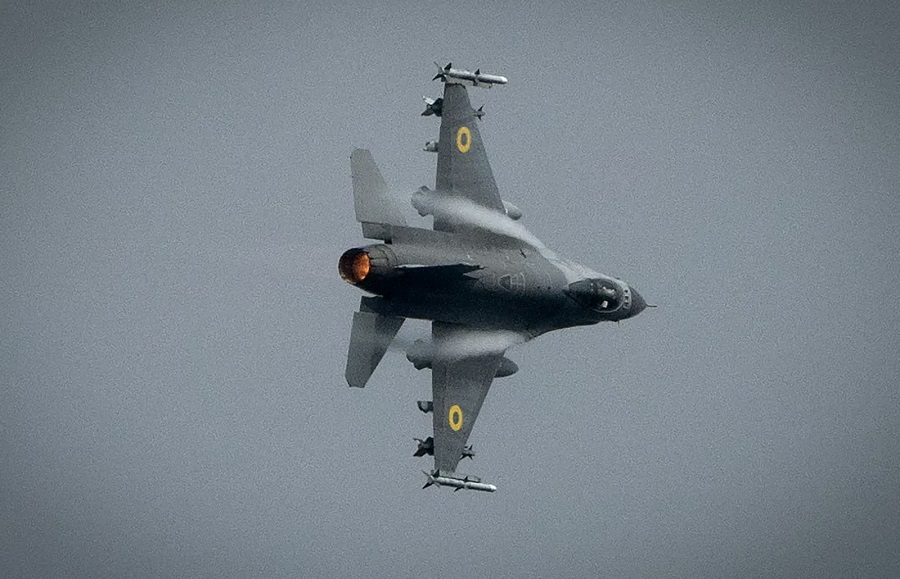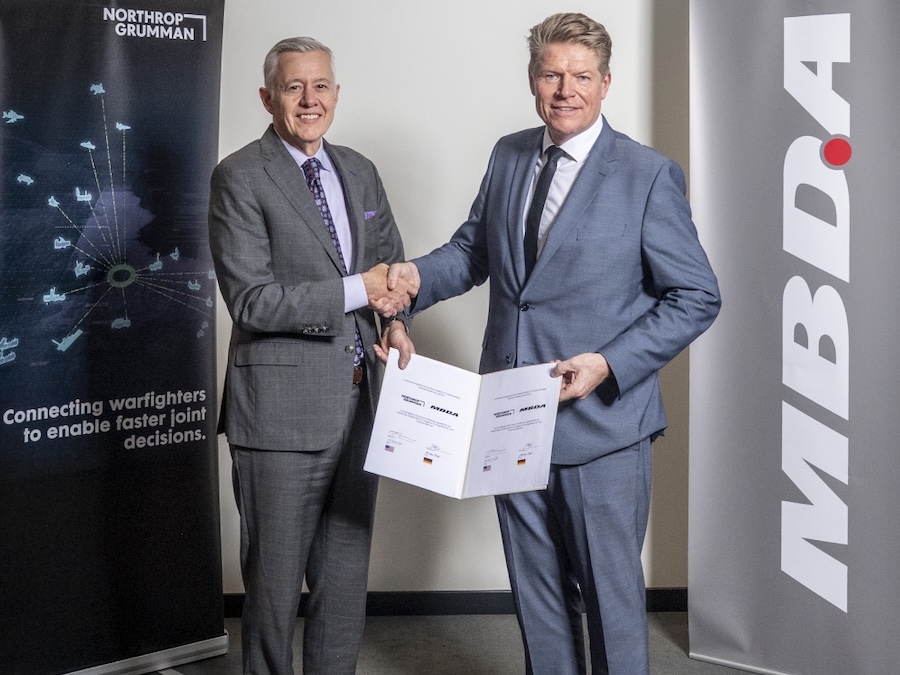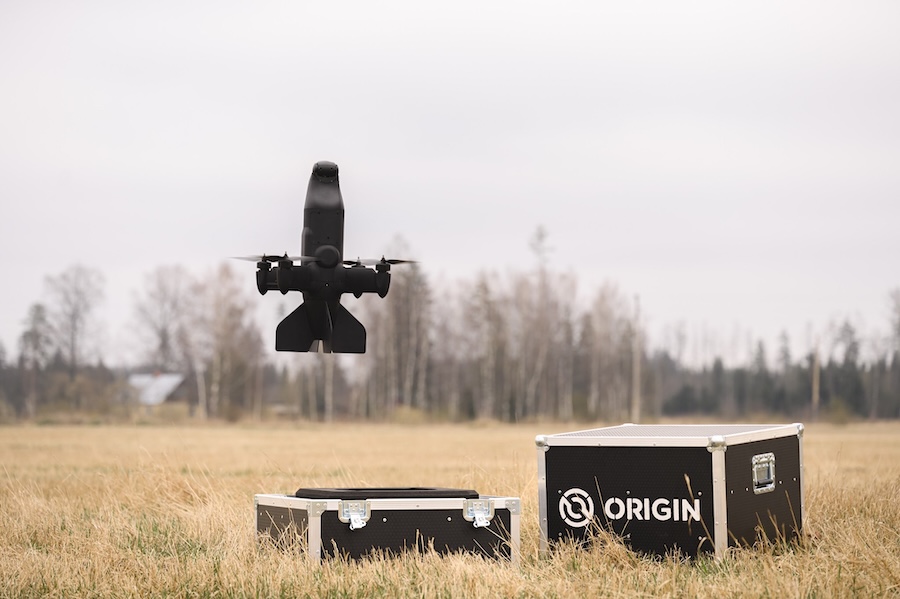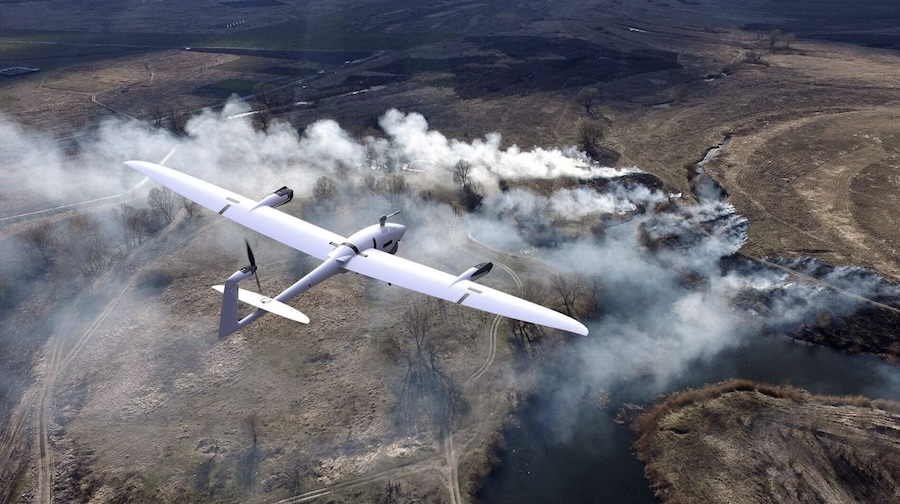OJ Sanchez, vice president and general manager of Lockheed Martin Skunk Works, said, “This effort represents Skunk Works driving a breakthrough in air combat capability, where single-seat aircraft command and control drones with simple and intuitive interfaces in the cockpit.” The flight used a pilot vehicle interface to direct the drone through a set mission profile, a system the company described as flexible and suitable for current and future platforms.
Lockheed Martin said the demonstration showed human-machine teaming in real time and highlighted the progress of autonomous and AI-enabled operations. The company has focused on integrating autonomous drones with platforms such as the F-22 and F-35 as part of long-term development work.
According to the announcement, the event supports the U.S. Air Force’s family of systems vision by improving situational awareness, interoperability, survivability and operational flexibility. The company said that aligning the F-22 with other advanced systems will strengthen warfighter capabilities and support American airpower dominance.
Lockheed Martin added that its approach to building, testing and improving 5th Gen teaming technologies places it at the forefront of innovation. It said the Nellis flight and other evaluations mark further steps in showing what future air combat will look like.











